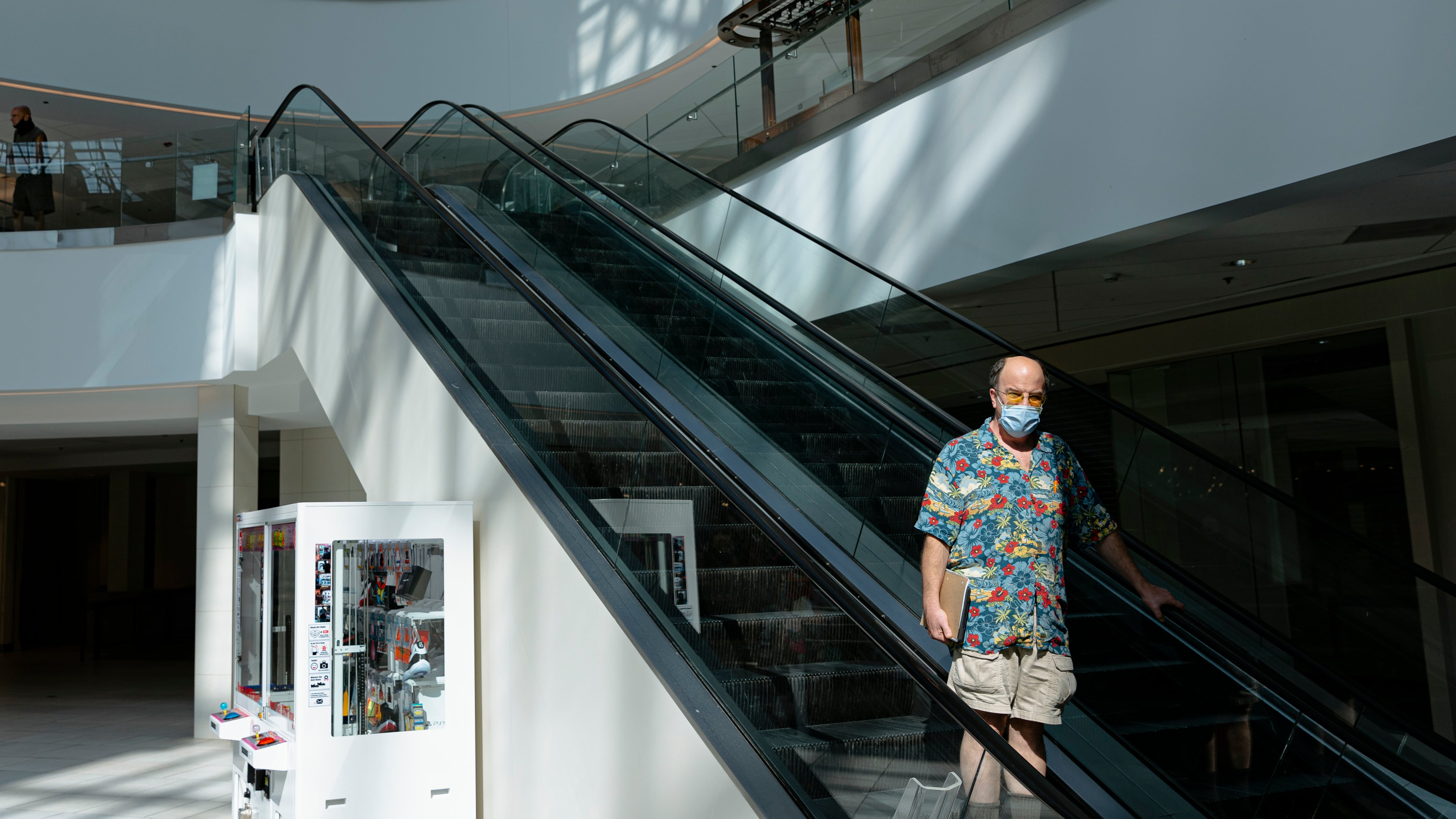Earlier this month, Multnomah County again led the state in the number of COVID-19 cases per capita. And on May 11, public health officials recommended that people once more don face masks indoors.
It’s not a mandate. There will be no battles to get those who remain unconvinced of COVID’s risks or mask efficacy to contain their snot droplets. But the responsible are asked to do their part.
The person doing the asking is tri-county public health officer Dr. Jennifer Vines. We spoke to Vines this week about common questions Portlanders have about this uncanny stage of the pandemic.
Why wear a mask if I’m vaccinated and already protected? Isn’t this variant mild anyway?
For most Oregonians—the vaccinated and those who have been infected before—cases are indeed more mild. But cases, emergency room visits and hospitalizations are all rising.
“We don’t have a ton of hospitalizations,” Vines says. “We expect them to peak in early June. We don’t think it’s going to look anything like the big, big surges that we had at the Delta peak or the Omicron peak. But the fact is that to have illness kind of wash over the community like this in a relatively short time period means that there’s a lot of disruption.”
That means masking is a way of staying well so kids get to child care and school and adults go to work—and everybody gets to attend spring events.
“As a matter of generally staying well and being able to do the things you want to do, consider putting a mask back on indoors,” Vines says. “There are people who, of course, neve`r took their mask off. There are people who have no intention of putting a mask back on. But I think that there’s probably a middle group that wants to do the right thing and is sort of looking for a signal of, you know, ‘What is the right thing to do right now?’”
Who is still getting very sick?
“In general, by far the biggest risk factor is age,” Vines says. “Also, being unvaccinated.”
If you’re high risk, or taking care of someone who is, Vines recommends considering other precautions: Maybe avoid indoor places while cases are high.
“They can make sure they have COVID tests on hand,” Vines says. “They can watch first symptoms, and they can figure out ahead of time how they might get access to the antiviral medicines that lower people’s risk of severe COVID.”
The leading antiviral treatment, Paxlovid, works only if you start it in the first several days. That means it’s a good idea to know if you’re ill. Have tests on hand.
Enjoy the summer respite. It won’t last.
This wave of hospitalizations is expected to ease by no later than late June. But expect health warnings to resume.
By fall, Vines says, case counts may be a public health problem again. Public health officials are already preparing. It looks like you’ll still need to get your shots—and not just for COVID.
“We still have yet to go through a full so-called respiratory season with COVID and influenza coming back without a lot of restrictions on gatherings or masking,” Vines says. “I’m nervous because of that. I don’t have a clear picture of how that might go and, given that our health care workforce is still pretty taxed, it still doesn’t take much to potentially overburden hospitals. So we’re already having early conversations about what next fall and winter might look like.”

